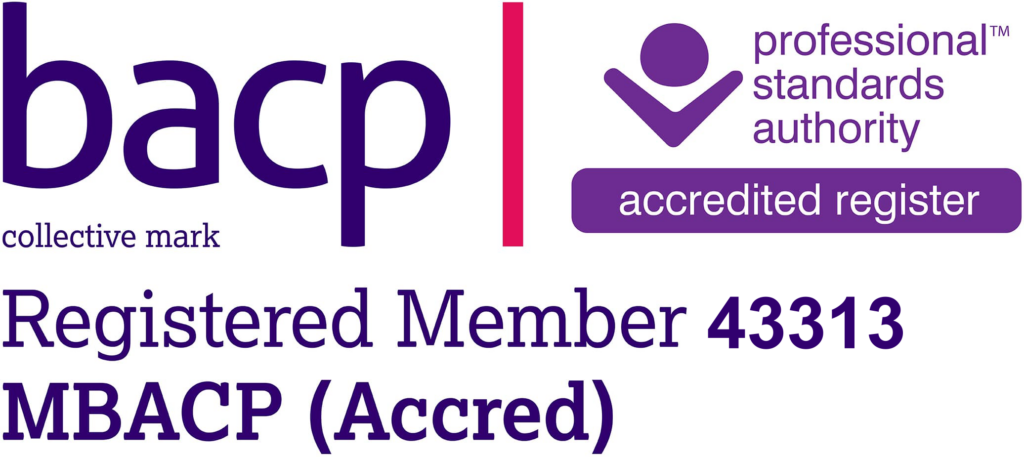
Panic attacks may seem to come out of nowhere. They may overwhelm you, feel extremely frightening and embarrassing and leave you exhausted and terrified that they will happen again.
But there are ways to deal with panic attacks. First of all, it can help to unpack the different components of the panic attack, from physical symptoms, to the thoughts which accompany those symptoms, to the subsequent ‘avoidance’ behaviour.
Common physical symptoms of a panic attack include:
- A racing heart
- Feeling dizzy
- Shortness of breath
- Shaking
- Feeling dissociated from your surroundings or from reality
- Sweating
The mental component of a panic attack can include thoughts such as:
- I’m going to faint
- I’m going to have a heart attack
- I’m going to suffocate
- I’m going to vomit, or lose control of my bladder or bowels
- I’m going to go mad
Overall, there is a sense of impending disaster or doom.
Finally, these horrible thoughts and feelings lead to avoidance thoughts and behaviour, such as a longing to escape and to find a place of safety. Over time, people who experience panic attacks tend to avoid situations or places in which they have had panic attacks in the past. Although this seems sensible at the time, it can actually result in life becoming more and more circumscribed and limited.
How Symptoms Work To Create a Full-Blown Panic Attack
The way all these symptoms work inside, can be charted like this:
1. the trigger (situation)
2. leads to anxiety
3. which leads to physical symptoms
4. which lead to catastrophic misinterpretation (thoughts)
5. which lead back to increased anxiety.
Actually it is more like a vicious cycle, with the feelings of anxiety spiralling all the time. It’s important to note that the original physical symptoms are not generally dangerous. However our thoughts misinterpret them, as the chart below shows:
Palpitations creates thoughts such as ‘I’m going to have a heart attack.’
Shortness of breath creates thoughts such as ‘I’m going to suffocate.’
Feeling dizzy creates thoughts such as ‘I’m going to faint.’
A racing mind or a sense of unreality create thoughts such as ‘I’m going mad.’
An urge to go to the loo creates thoughts such as ‘I’m going to lose control of my bladder or bowels.’
What To Do About Panic Attacks
1. Create a panic diary.
In your daily diary, list 4 things.
1. The situation which triggered the attack.
2. Your physical symptoms.
3. Your thoughts, or ‘catastrophic misinterpretations’.
4. A new way of looking at the situation, an alternate response.
For example, you might ask yourself if you had a heart attack the last time you felt this way. Or if you are scared of fainting, you could remember that fainting results from low blood pressure, the opposite of what actually happens when your heart races and your blood pressure rises.
2. Work to calm your breathing.
It can be helpful to do this lying on the floor or leaning forward in your chair so your stomach can be felt against your knees.
To bring your breathing under control, make long out-breaths which last perhaps a third longer than the in-breath. If you are lying on the floor, put your hands on your stomach and feel your belly rise gently. If you are leaning froward in a chair, feel your belly press against your thighs.
It can help to count, for example seven seconds for the in-breath and 11 seconds for the out-breath. This is known as ‘7-11’ breathing.
Think calm thoughts.
It’s good to practise this breathing regularly at home when you feel relaxed. This means the 7-11 breathing can become a well-known resource. You can then call upon it in times of anxiety.
3. Further Work on Panic Attacks.
It can also help to challenge your avoidance behaviours, but this should be done gently and in stages and may be handled best with the help of a professional.
And then, of course there is deeper work to be done, when you are ready, to uncover and heal the causes of anxiety which gave rise to your panic attacks, and to find the reasons why you are anxiety prone in the first place. Again this kind of work may best be done with a counsellor or therapist.


